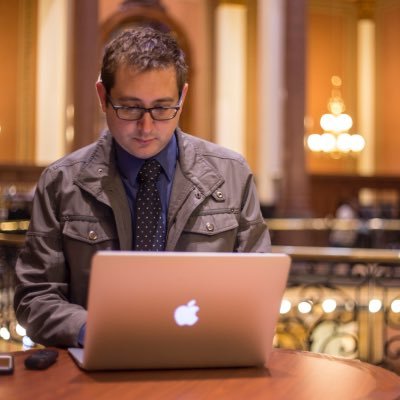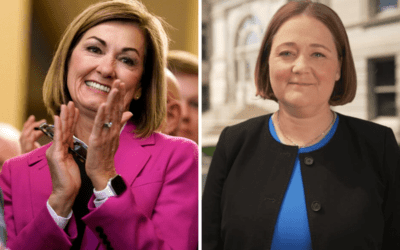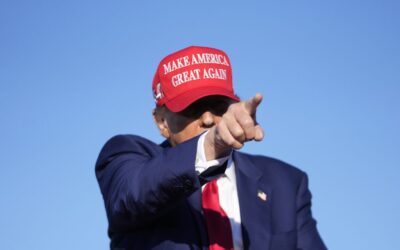Des Moines businessman Fred Hubbell has jumped out to an early lead in Iowa Democrats’ gubernatorial primary, according to a poll of likely Democratic primary-goers Starting Line commissioned with 20/20 Insight this past week. The June 5 primary next year is still a long ways off, and a near-majority (47%) have not settled on a candidate yet. Hubbell leads the seven-person field at 22% support, with Senator Nate Boulton following at 13%. Cathy Glasson comes in at 6%, and John Norris gets 5%.
Hubbell benefits from significantly high name I.D. and strong favorability ratings, with 50% responding favorably to him and 7% unfavorably. Only 24% of likely primary-goers haven’t heard of him. The next closest is Boulton, who has a 31% favorable rating and a 5% unfavorable rating. 44% of respondents had not heard of him. Boulton remains a top contender, as he has since launching his candidacy back in May, drawing particularly strong backing from the Des Moines area.
Those impressive ratings for Hubbell come after nearly a month of his campaign airing TV ads across the state since mid-October. The first ad was about Planned Parenthood, the second about mental health. He recently began running radio ads and his first mail pieces hit last week. That investment appears to have paid off in terms of raising his profile among Democrats statewide. He and his family have also been prominent for a long time in Des Moines, likely boosting his support around the metro area.
It will be quite some time before the rest of the field starts engaging on the airways, with most likely to hold off until early next spring. Hubbell, who has deep ties to Iowa’s Democratic donor and business circles, has a significant financial advantage over the rest of the field – he raised $1 million after just a week in the race. Finance reports don’t come out until January. Once the rest of the candidates start putting up ads (Boulton, McGuire, Norris and Glasson are all expected to raise enough for a full media blitz), these numbers will likely change significantly. But they’ll have to catch up to Hubbell, who should be able to out-communicate them on TV, radio and in the mail throughout the race.
It’s an important reminder of the power of advertising in campaigns. While the gubernatorial primary may be the talk of the town for people who read Starting Line, you have to keep in mind one very important number: 148,000. That’s how many Iowans voted in the last contested Democratic gubernatorial primary in 2006. Trust me, there are not 148,000 people in Iowa paying attention to this race right now. So, whoever is putting ads in front of all those Democrats not otherwise tuned in yet is going to get an early advantage.
The full favorability rankings from the poll are as follows:
| Name | Fav | Unfav | No Opinion | Haven’t Heard |
| Hubbell | 50 | 7 | 19 | 24 |
| Boulton | 31 | 5 | 21 | 44 |
| McGuire | 21 | 10 | 21 | 48 |
| Norris | 19 | 2 | 22 | 57 |
| Glasson | 13 | 5 | 17 | 64 |
| Neiderbach | 9 | 8 | 25 | 59 |
And the initial horserace for the candidates came out as such:
Fred Hubbell – 22
Boulton – 13
Cathy Glasson – 6
John Norris – 5
Andy McGuire – 3
Jon Neiderbach – 2
Ross Wilburn – 1
The Interesting Details
Obviously, since we are seven months out from the actual voting date, all of these numbers should be taken with a big grain of salt. The majority of Democrats in the state haven’t even heard about most of these candidates yet. The electorate on the day of the primary could look much different (more on that later). This is merely a snapshot of where the race is now, not a prediction of where it’s going to end up.
However, what I was more interested in with this poll was the crosstabs (the breakdown of support by various geographic and demographic lines). Are Hubbell and Boulton over-performing in their Des Moines base? Are former Bernie Sanders caucus-goers coalescing around Glasson? The answers to those questions point to how the primary may play out from here, much moreso than an initial candidate ranking does.
Click here for the full gubernatorial poll and crosstabs, and then let’s go through the details.
Candidates’ Strengths
Looking at the horserace numbers, we can see where each candidate draws their base from (early on, at least). Boulton leads the field in the Under 50 category (20% Boulton, 11% Glasson, 16% Hubbell). Norris, who has worked in Iowa Democratic politics and government for decades, is the opposite. The entirety of his support comes from voters 50 and above. Hubbell’s support also increases as you go up in age range.
On geographic lines, we can look at both the media markets and congressional district breakdown. Not surprisingly, the lowest amount of Not Sure for the horserace is in CD 3, where Des Moines is located. Many of the candidates live in the Des Moines area, and it’s also just a place of much higher political involvement.
The two front-runners are doing exceptionally well in both the Des Moines media market and CD 3, with Hubbell at 25% and Boulton at 23% (Boulton represents part of Des Moines in the Iowa Senate). Glasson’s highest numbers come in CD 2, where her home base of Johnson County/Iowa City is located. Hubbell is dominating in the Cedar Rapids market and CD 1 (which includes Cedar Rapids, Dubuque and Cedar Falls), coming in at 26%, while Boulton is only at 8%. Hubbell’s TV ads must be particularly effective there, perhaps because there’s more voters there who aren’t as engaged on the race or don’t know many of the other candidates.
Interestingly, Boulton is beating Hubbell in the Davenport media market. Did Hubbell not run as many TV ads in this market (which bleeds into Illinois significantly), or is the strong union base in the Quad Cities boosting the labor candidate? That market also covers a few southeastern Iowa counties, including Louisa, where Boulton grew up in Columbus Junction. Local Boulton supporters have been particularly engaged there in outreach to surrounding counties.
Norris does decent in CD 3 (he’s originally from Red Oak, in the southwest portion of the district), and also in CD 4 (his highest support at 9%). Norris has focused in on a rural appeal, which seems to be yielding results in the most rural part of the state.
On the ideological support, I made sure to have the poll ask about who they caucused for in 2016 (more on that later), which produced some interesting results. Glasson, who has centered her campaign around many Bernie Sanders-like progressive policy positions, leads among Sanders caucus-goers with 15%, while taking only 4% of Clinton caucus-goers. Hubbell takes a significant 30% of Clinton caucus-goers, and only half as much from Sanders supporters.
Boulton’s numbers are more balanced, with 11% Clinton and 10% Sanders caucus-goers. We didn’t include the O’Malley breakdown since they were a smaller part of the poll, but we checked and Boulton got 24% of O’Malley caucus-goers.
McGuire and Norris also see much higher support from Clinton caucus-goers than their overall percents.
In terms of name I.D., Hubbell obviously leads the pack, but Boulton (44% Haven’t Heard) and McGuire (48% Haven’t Heard) perform pretty well too. Certainly that’s due in part to Boulton’s high-profile role in the Legislature’s collective bargaining debates earlier this year and McGuire’s time as the state party chair. Glasson has the lowest name I.D. of all (64% Haven’t Heard) and yet she’s still in a narrow third place position. Those who know her seem to be particularly disposed to support her. Neiderbach is ahead of her in name I.D., which may be in part from his name being on the ballot in 2014.
Women’s Vote Up In The Air
The biggest surprise to me in the poll was just how undecided the female vote came in. 51% of women were Not Sure in the horserace question, compared to just 41% of men. Perhaps Democratic women are just more discerning with their voting choices, or perhaps they’re waiting until later in the race to see if there’s a strong female contender that emerges.
Oddly, neither Glasson or McGuire drew more support from women than men (Norris was the only one that had an advantage with female voters). I intentionally polled McGuire as “Andrea McGuire” (which I’m guessing will be the name she puts on the ballot) to see if that had an impact (people unaware of her might hear “Andy” and think it’s a man), but it didn’t seem to change much (on the flip side, I highly doubt anyone who knows of Andy McGuire would be confused if she was called Andrea – the name I.D. numbers seem to bear that out anyway).
It’s also surprising that Hubbell doesn’t have a larger percentage of the female vote considering his first ads were with him and his wife talking about their Planned Parenthood support.
This should be a key focus for all the campaigns headed forward – which can turn female voters into a big part of their base? McGuire and Glasson seem to have the most upside with these initial numbers.
Who’s Thinking Of Voting?
Once again, the most important thing to remember with this poll is that this is where the field and interest in the primary stands right now. It screened out any past primary voters who didn’t think they would vote in the upcoming primary. As time goes on and interest in the primary increases, a lot more people – including those who might be more favorable to certain candidates – will get engaged.
Some readers might be surprised to see the age breakdown, with the 19-39 age range only comprising 8% of the poll (50-64 ages make up 44%, 65+ voters comprise 38%). However, as I’ve written before, people need to realize how small the youth vote has been in past Democratic primaries. In last year’s statewide primary with the four-way U.S. Senate primary that included Patty Judge and Rob Hogg, just 2,764 18-24-year-olds voted, making up a mere 3% of the vote. The 25-34 age range was only another 6% of the total vote. But 65+ votes? 50%. (See the breakdown in this helpful spreadsheet on the Secretary of State’s website). Unfortunately, the turnout statistics aren’t online for the 2006 Democratic gubernatorial primary – I suspect youth turnout was a bit higher for that, but this is an older state at the end of the day.
Will there be more youth involvement? Boulton and Glasson will certainly hope it is significantly higher. The full impact of the voter I.D. changes, which will severely impact college students, on the youth vote is yet to be known.
The number that might concern some is that the poll is made up of 55% Clinton caucus-goers, 26% Sanders caucus-goers and 8% O’Malley caucus-goers. I wanted to include this question in the survey, even though I knew it would likely lead to a situation like this. These numbers actually don’t surprise me, nor do I think they’re inaccurate, for a number of reasons.
For one, O’Malley got less than 1% of the delegates in the caucus, but these people are probably responding as who they first aligned with. Meaning that a lot of them likely went to Sanders after being nonviable, so that 26% Sanders is probably a bit higher than it really is.
For another, the people who Sanders brought out to the caucus comprised many people who had not been very involved in politics before. Some went back to being independents after, some stayed home in the general election and even a smaller amount voted for Donald Trump.
171,109 people participated in the Iowa Democratic caucus in 2016. Only 101,098 voted in the statewide Democratic primary five months later. Who do you suppose the 70,000 people who dropped off were more likely to be? (The 2018 gubernatorial race will obviously draw more interest than the 2016 U.S. Senate race, but that’s kind of the point.)
This isn’t to justify the poll, it’s to point out the interesting crosstabs and what they mean for the race. Many who showed up for the caucus weren’t regular primary voters, and they may or may not be in the future. For campaigns like Glasson’s that is heavily courting Sanders activists (or Boulton’s who is doing pretty decent with some of them), getting them excited enough to participate in the primary is key. Glasson takes 15% of the Sanders supporters in the poll compared to only 4% Clinton, so they’ll need to motivate those voters in a way that Sanders himself once did (and the size of some her recent rallies and events suggest they’re well on their way).
The View Ahead
There’s a long way to go in the primary, and the most interesting movement will come when most of the candidates start running their own advertising next year.
The question for Hubbell is whether he can expand upon his lead in the seven-way field and get to the magic 35%. He has very strong favorability numbers and name I.D., but only some of that has translated into support in the match-ups. Will his background with Planned Parenthood slowly move more of the undecided women his way, or will McGuire and possibly Glasson win over enough of that group?
The question for Boulton and Glasson is whether they can increase the share of the final primary vote with their best supporters, whether it be young people, labor members or Sanders caucus-goers. Boulton will have labor assisting with turnout, while Glasson has help from CCI and is running a strong field program. Both are also leaning on that ever-elusive excitement factor for Democratic voters as well.
McGuire is decently well-known, but can she actually turn that into solid support once she starts advertising? As Norris continues to campaign in rural areas, will that message boost his totals as more and more people outside of Des Moines start tuning into the race?
We’ll see.
by Pat Rynard
Posted 11/14/17

Lanon Baccam wins 3rd District Dem primary, will face Zach Nunn
Baccam defeats Melissa Vine to challenge Republican incumbent Lanon Baccam defeated Melissa Vine in Tuesday’s Democratic primary for Iowa’s 3rd...

Hardin County man running for office as Trump-loving Democrat to local party’s dismay
Brad Rewoldt, who recently changed his party affiliation from Republican, says his support of Trump will probably 'piss off' Democrats There is a...
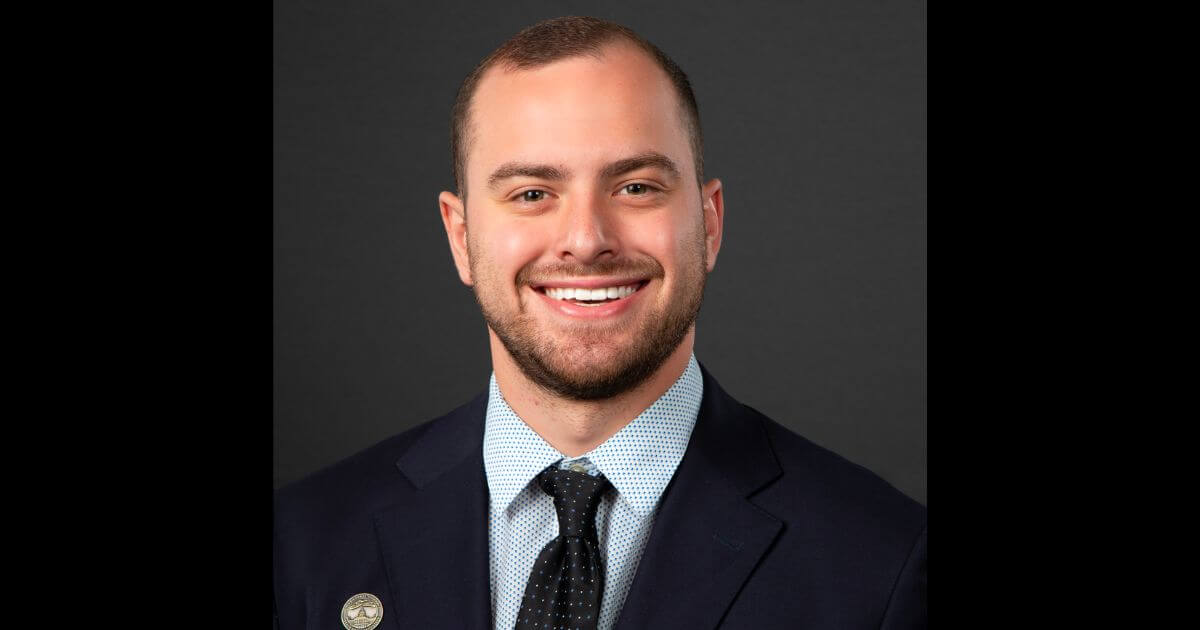
Scheetz: Tax cuts for all Iowans, not just the wealthy
State Rep. Sami Scheetz says all Iowans should benefit from tax cuts via a sales tax reduction As a state representative, my job is to serve the...
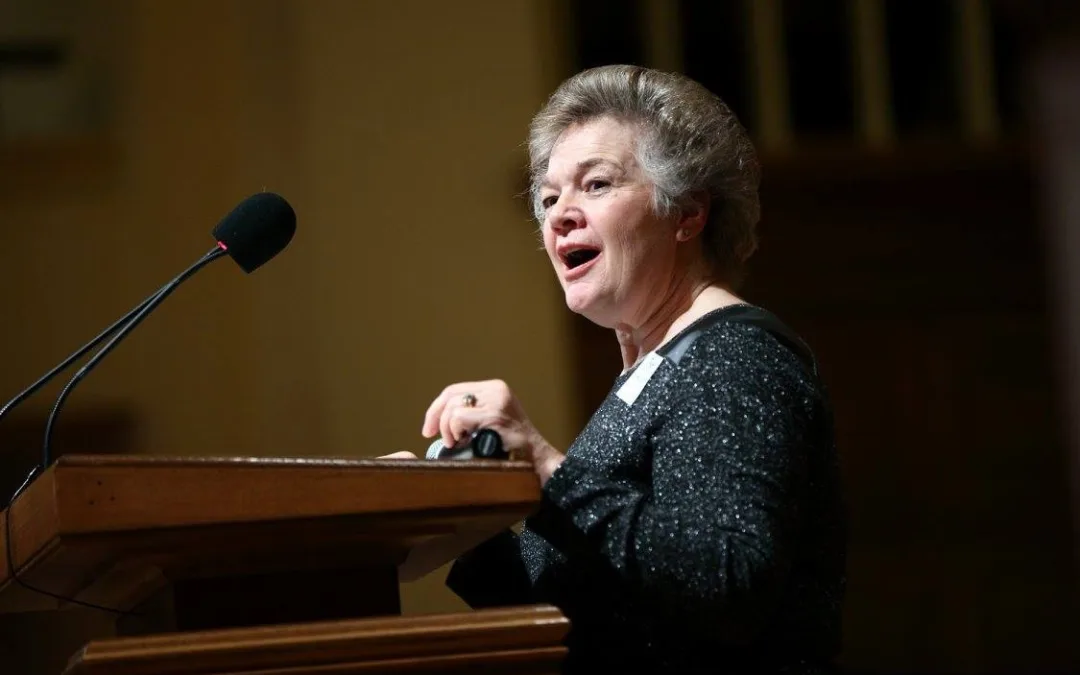
Kalbach: What Iowa Republicans focused on during legislative session
Our state legislative session finished up towards the end of April, and I’m glad it’s over! From further de-funding and privatizing our public...

Advocates file suit to stop Iowa’s ‘unconstitutional’ immigration law
Immigration advocates filed a federal lawsuit Thursday to stop Iowa’s new immigration law—SF 2340—from taking effect arguing that the legislation...

Iowa Republicans make outlawing gay marriage key 2024 campaign priority
Iowa Republicans have made outlawing gay marriage a key goal in their 2024 party platform. During the Iowa GOP’s 2024 state convention on Saturday,...


